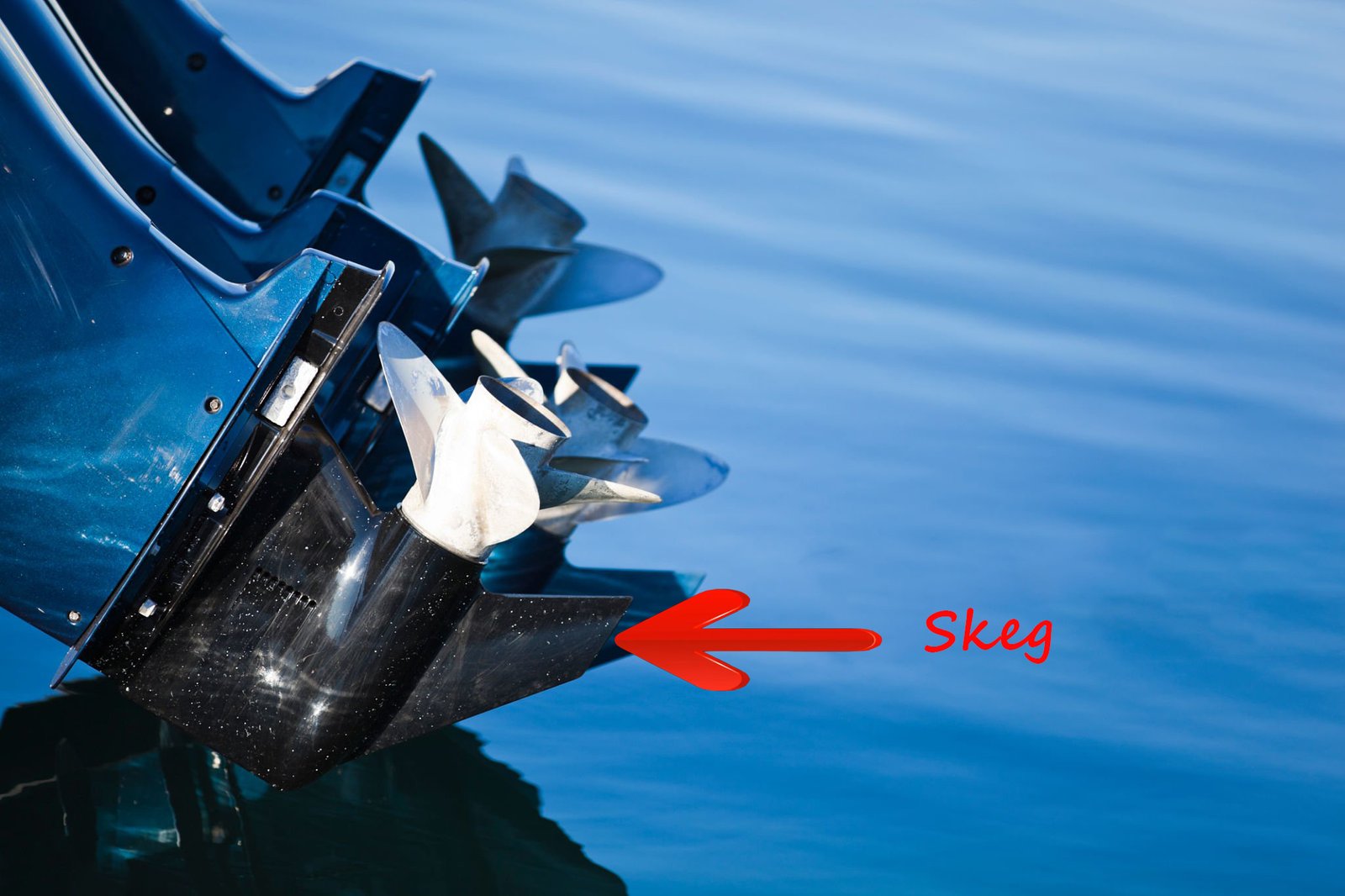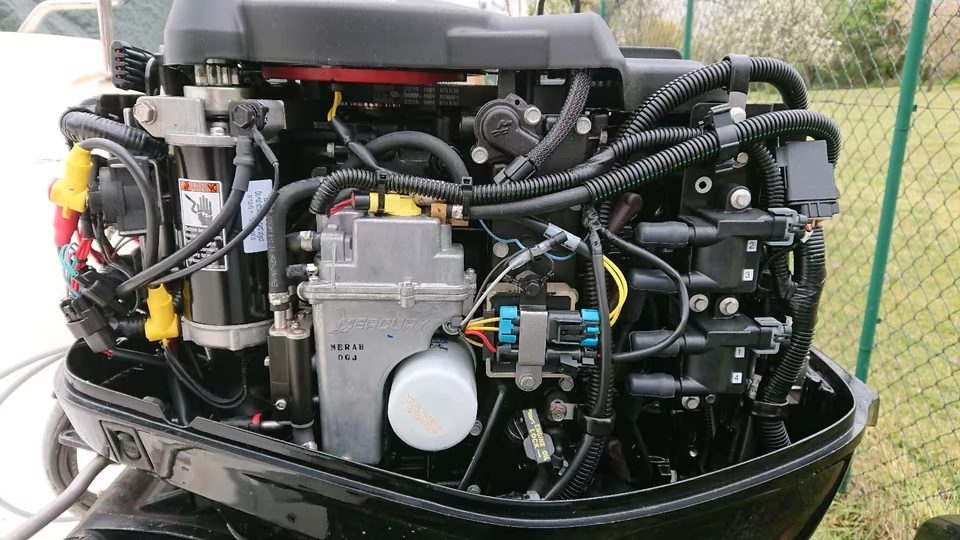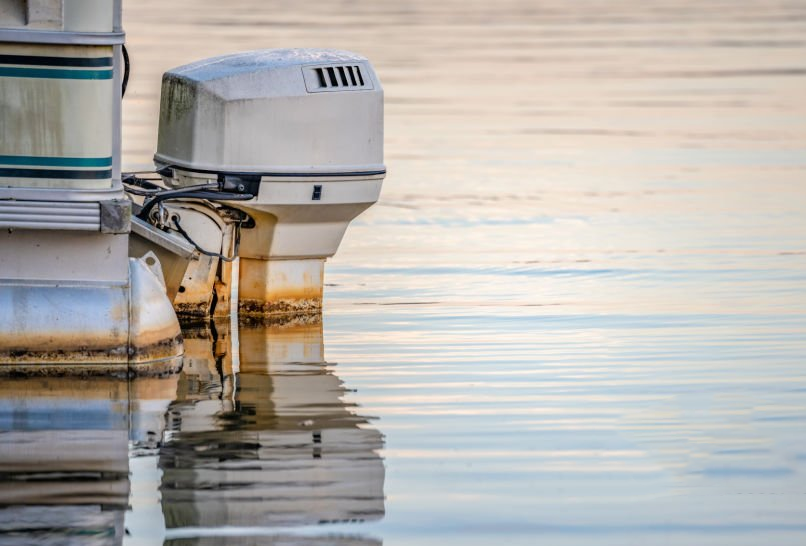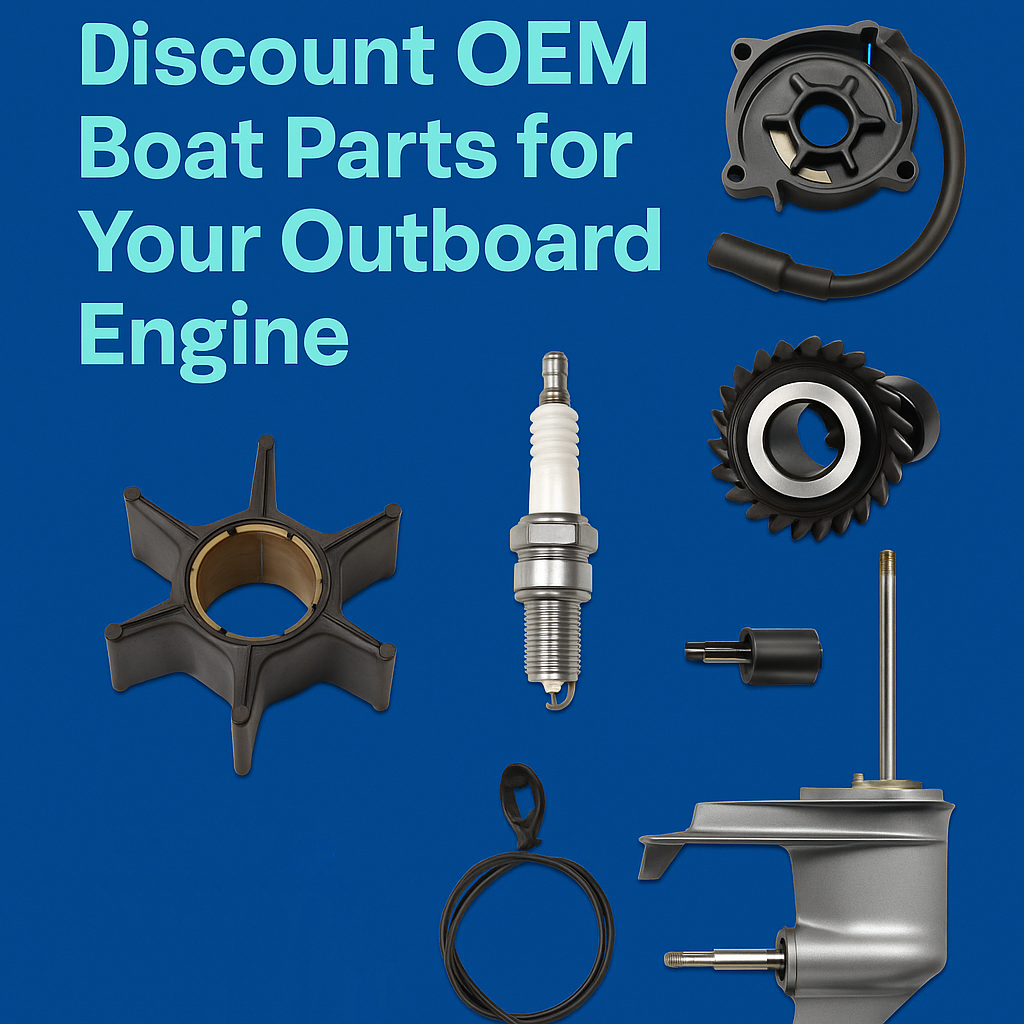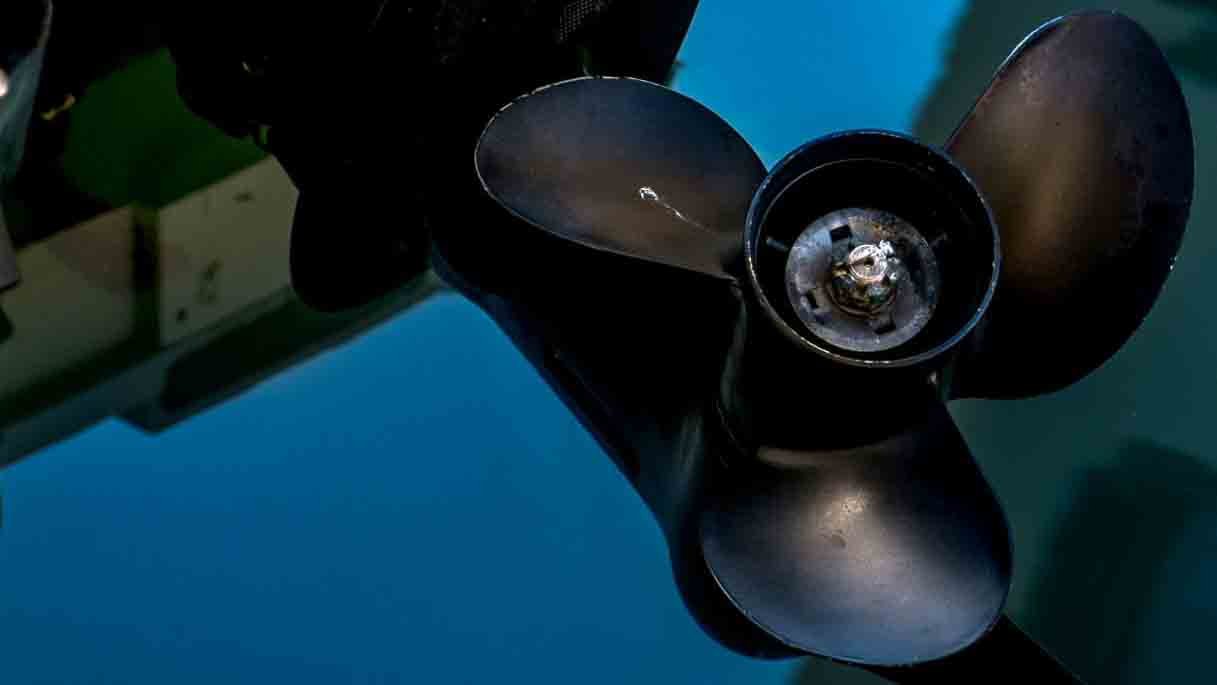When it comes to outboard motors, many boat owners focus on horsepower, fuel efficiency, and maintenance. However, one often-overlooked component plays a critical role in your boat’s performance and safety: the skeg. This small, fin-like structure at the lower unit of your outboard motor might seem insignificant, but it’s far more important than you might realize. In this blog, we’ll explore why it is essential, how it impacts your boating experience, and what you can do to protect it.
What is a Skeg and What Does It Do?
It is the vertical fin located just above the propeller on the lower unit of an outboard motor. It serves several key purposes:
- Stability and Steering Control: It acts like a rudder, helping to stabilize your boat and improve steering precision, especially at low speeds or in rough waters.
- Propeller Protection: It acts as a shield, protecting the propeller from underwater obstacles like rocks, logs, or debris.
- Hydrodynamic Efficiency: It helps reduce drag and improves the overall performance of your outboard motor by directing water flow more efficiently.
Without a properly functioning, your boat’s handling can become unpredictable, and your propeller may be more susceptible to damage.
The Consequences of a Damaged
A damaged or missing skeg can lead to a host of problems. Here are some of the most common issues:
- Poor Handling: A compromise can make your boat harder to steer, particularly in tight turns or choppy conditions.
- Increased Risk of Propeller Damage: Without it to deflect debris, your propeller is more likely to strike underwater objects, leading to costly repairs.
- Reduced Fuel Efficiency: Damaged can disrupt water flow, causing your motor to work harder and burn more fuel.
If you notice your boat pulling to one side or having difficulty maintaining a straight course, it’s worth inspecting it for damage.
How to Protect Your Skeg
Given how important, it’s crucial to take steps to protect it. Here are some tips:
- Avoid Shallow Waters: Whenever possible, steer clear of shallow areas where the skeg might strike the bottom.
- Install a Skeg Guard: A skeg guard is a protective cover that fits over it, providing an extra layer of defense against impacts. Products like the Stainless Steel Skeg Guard are highly durable and easy to install.
- Regular Inspections: Make it a habit to inspect your skeg for cracks, dents, or bends. Early detection can prevent more serious issues down the line.
Repairing or Replacing a Damaged
If it is damaged, don’t panic. Minor dings or scratches can often be repaired with a metal file or epoxy. However, for more severe damage, you may need to replace it entirely. Replacement skegs are widely available and can be installed with basic tools. For a high-quality replacement, consider the Quick-Release Skeg Replacement Kit, which is designed for easy installation and long-lasting durability.
The Bottom Line: Don’t Underestimate
The skeg may be a small part of your outboard motor, but its impact on your boat’s performance and safety is significant. By understanding its role and taking steps to protect it, you can ensure a smoother, safer, and more efficient boating experience. Whether you’re a seasoned boater or a beginner, paying attention to your skeg is a simple yet effective way to enhance your time on the water.
Final Thoughts
Next time you’re out on the water, take a moment to appreciate the humble skeg. This unassuming component is a true workhorse, quietly contributing to your boat’s stability, efficiency, and safety.
By giving your skeg the care it deserves, you’ll not only extend the life of your outboard motor but also enjoy a better boating experience overall. Happy boating!

